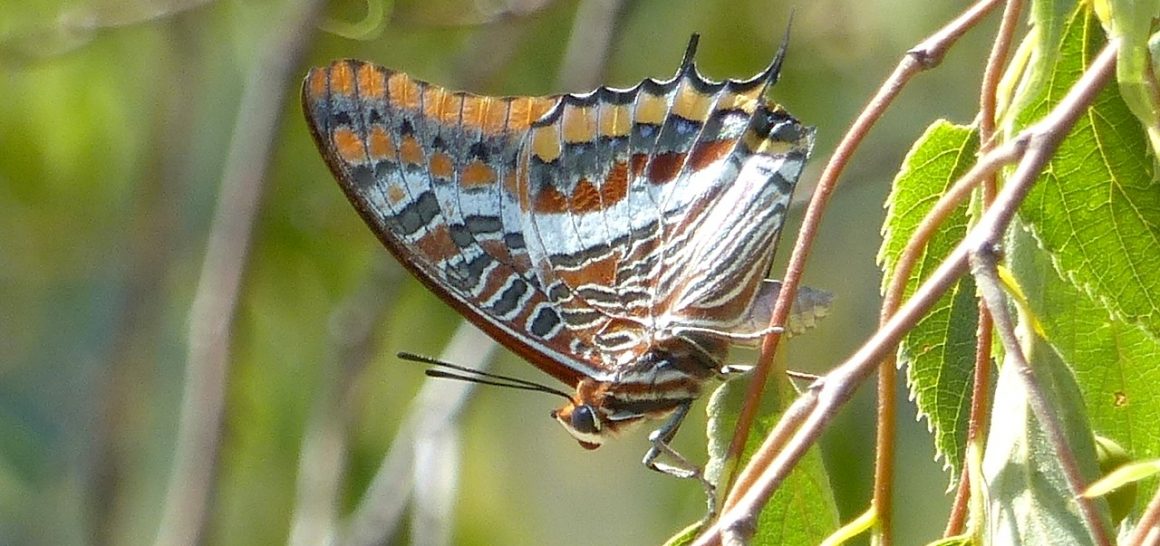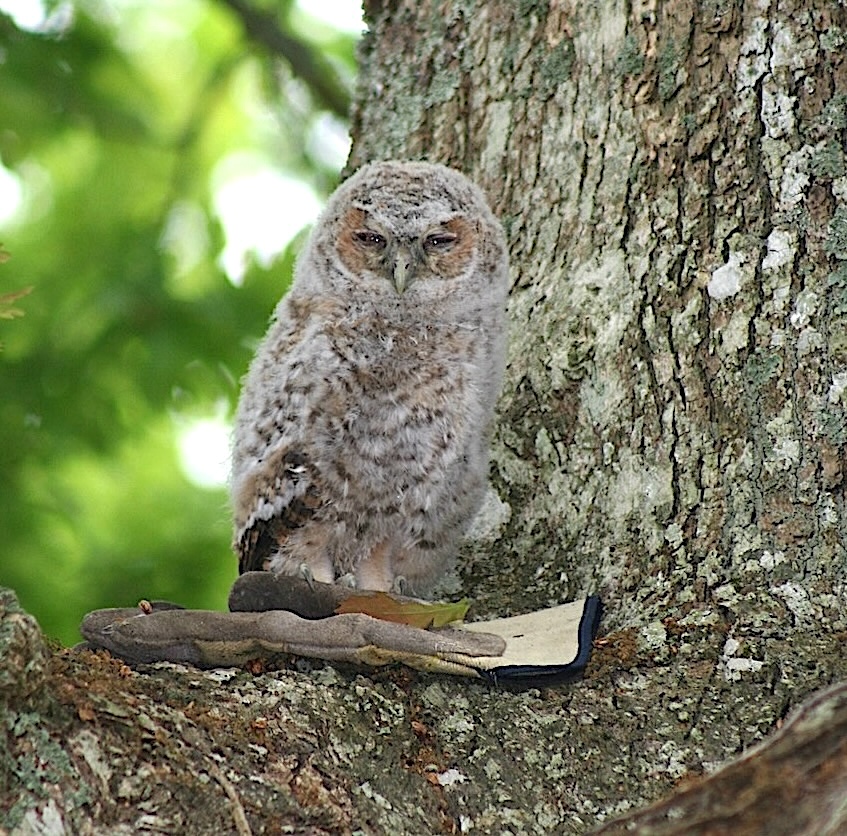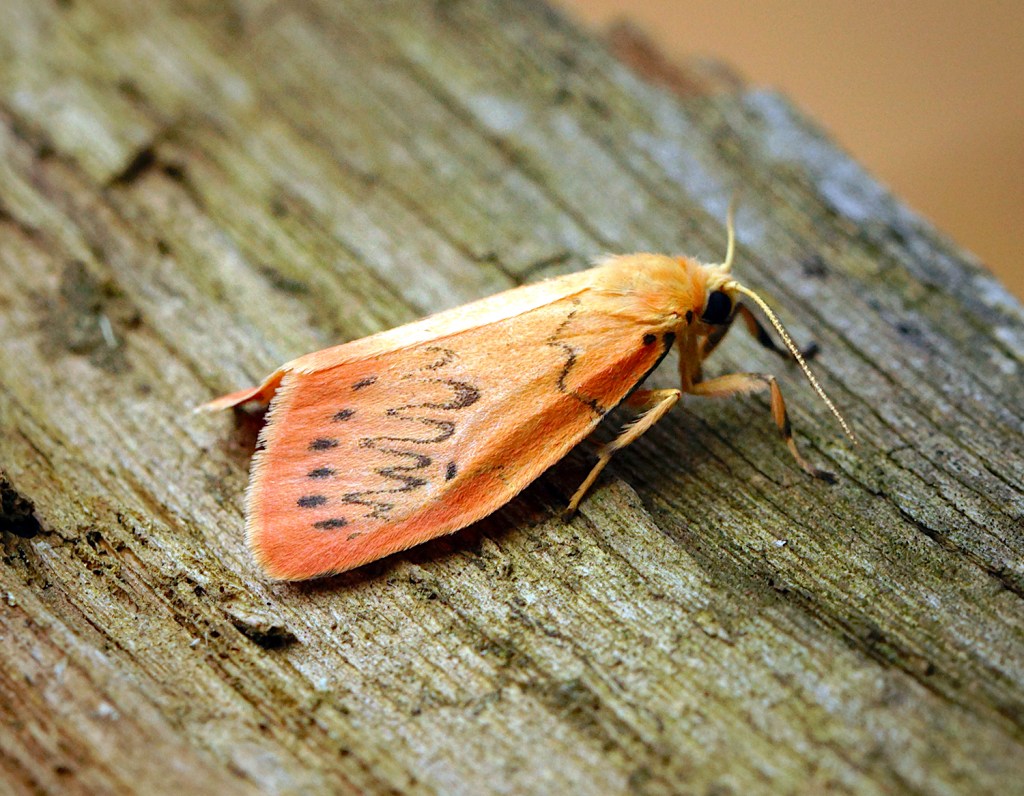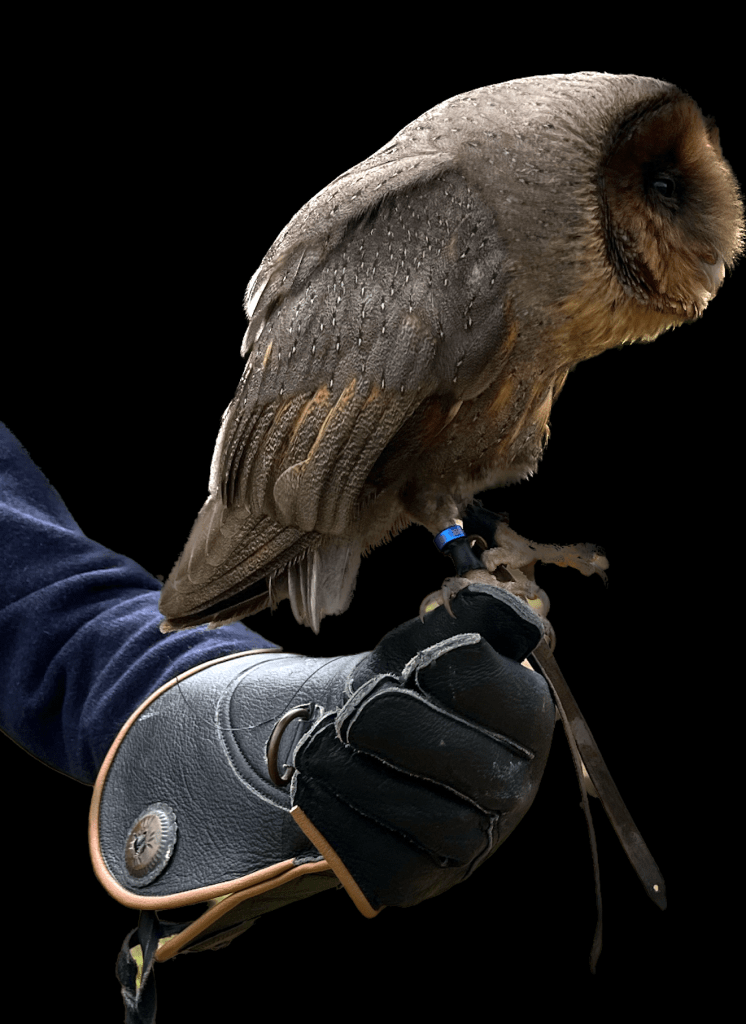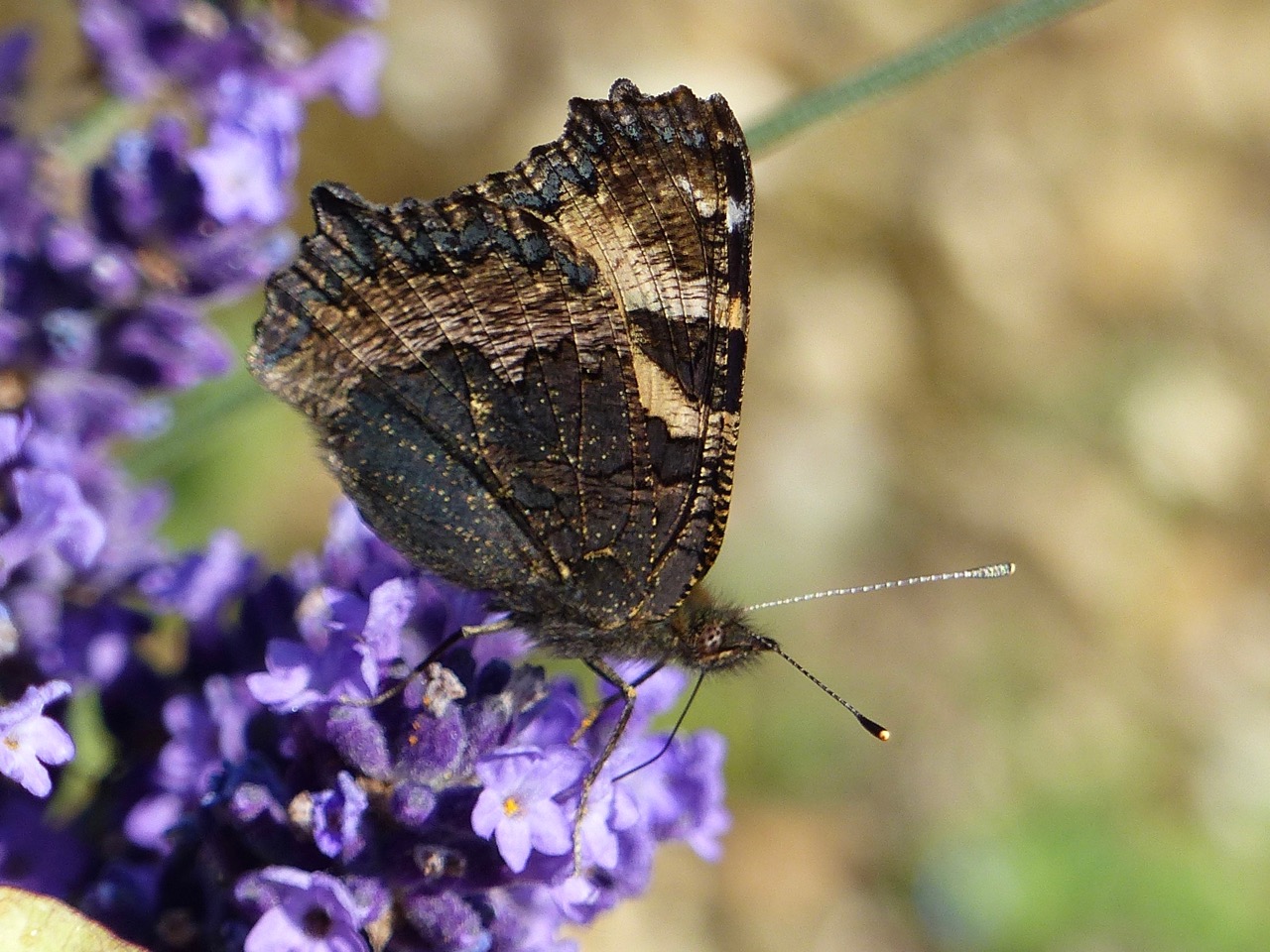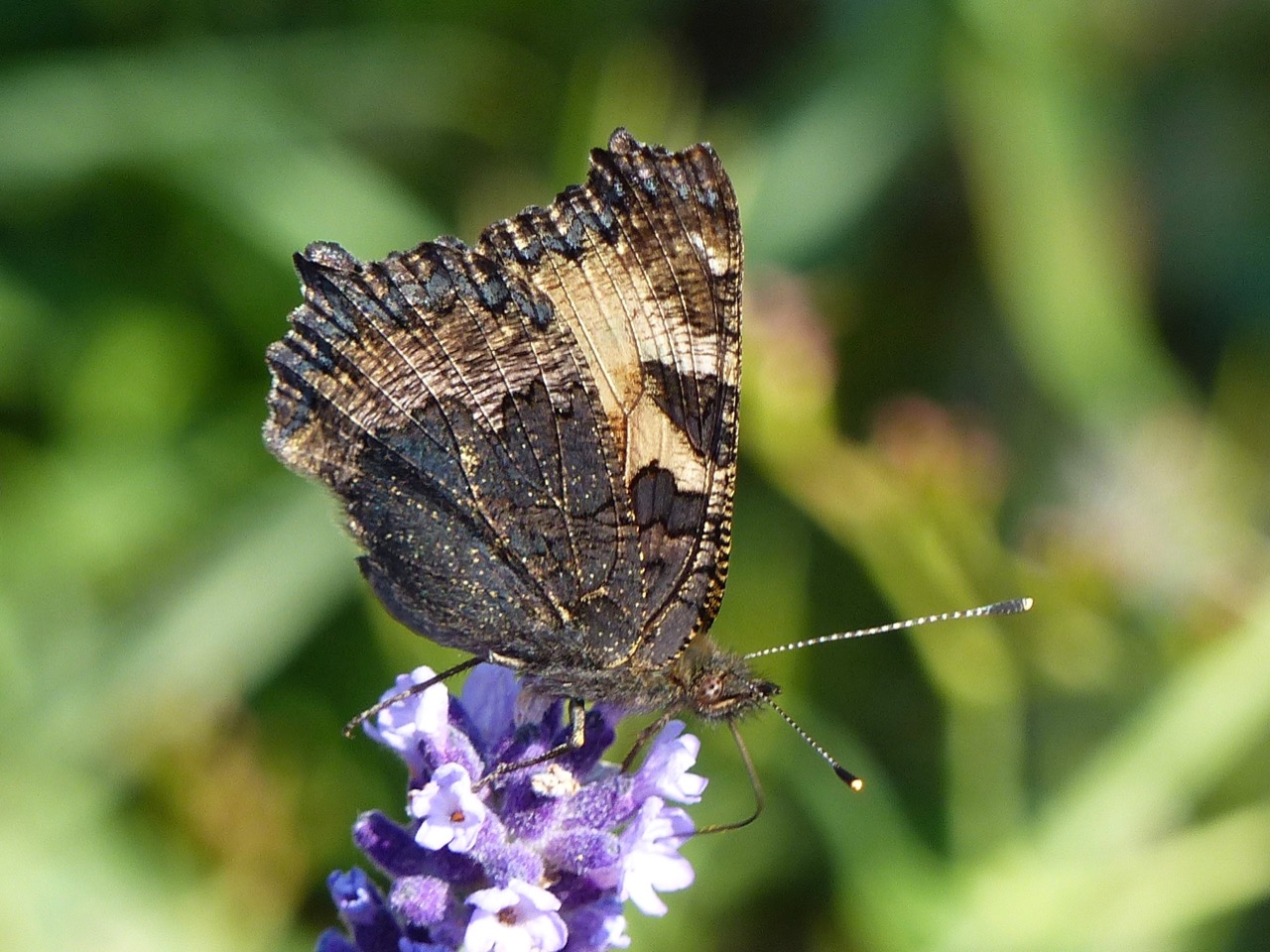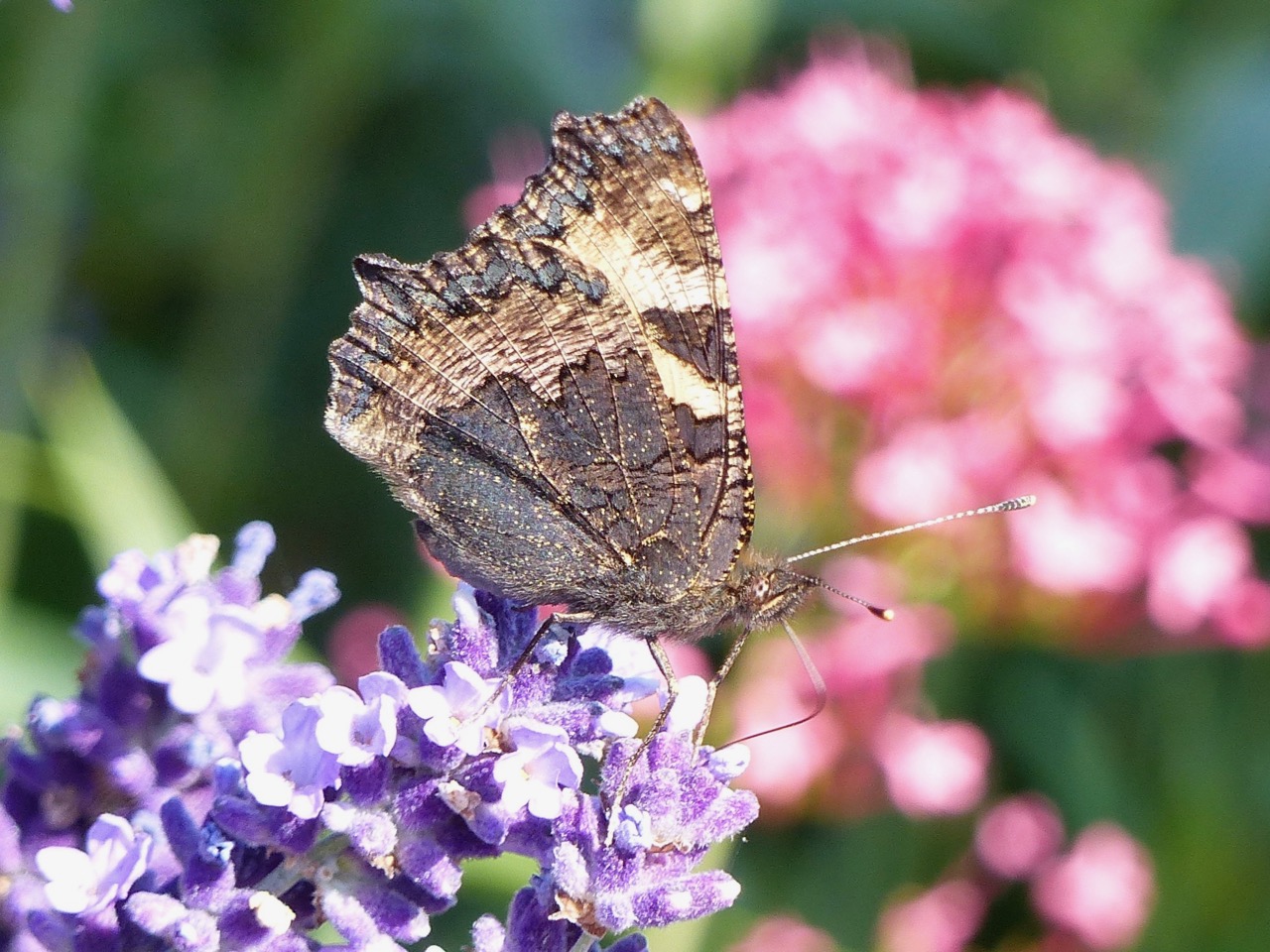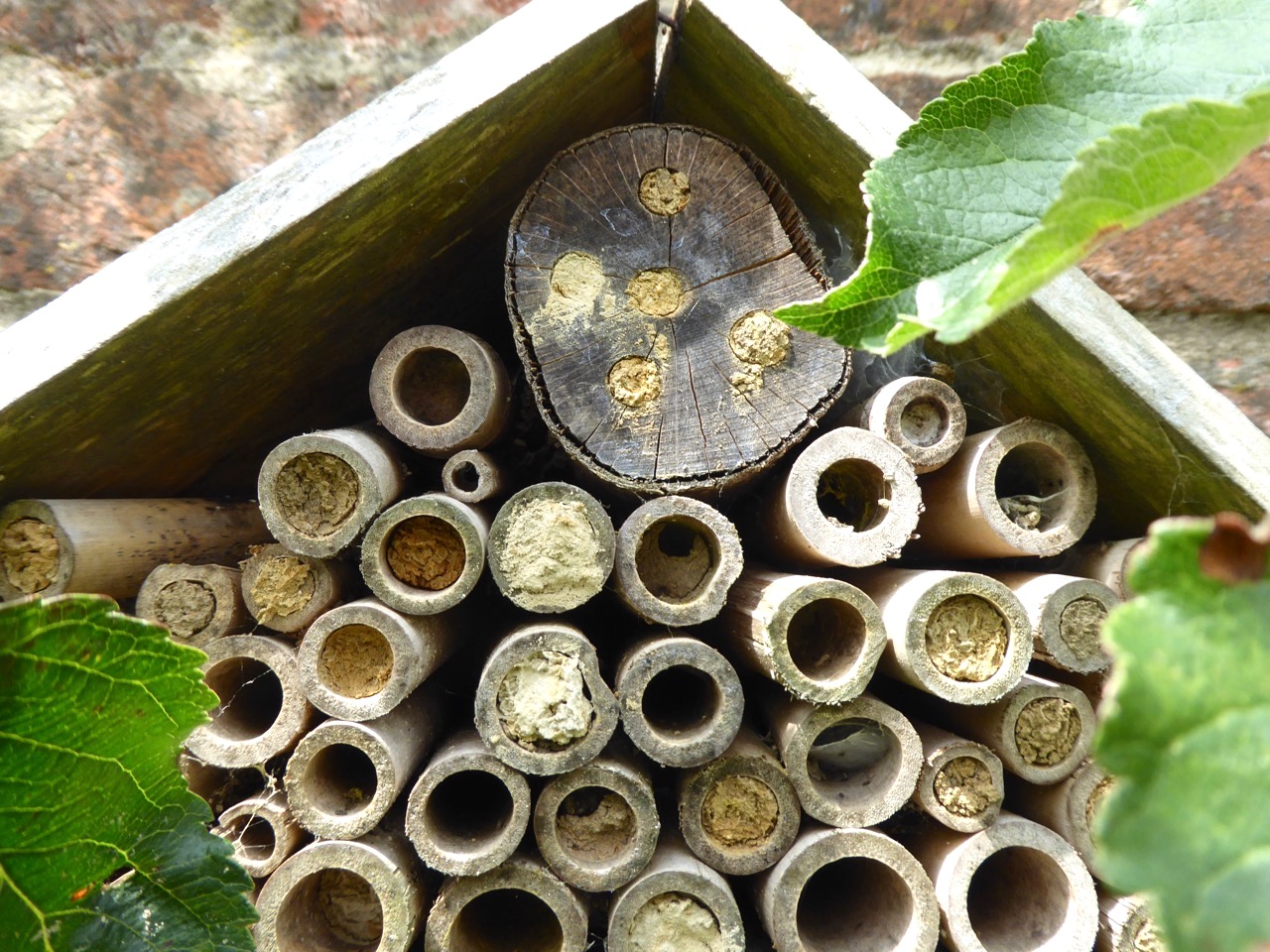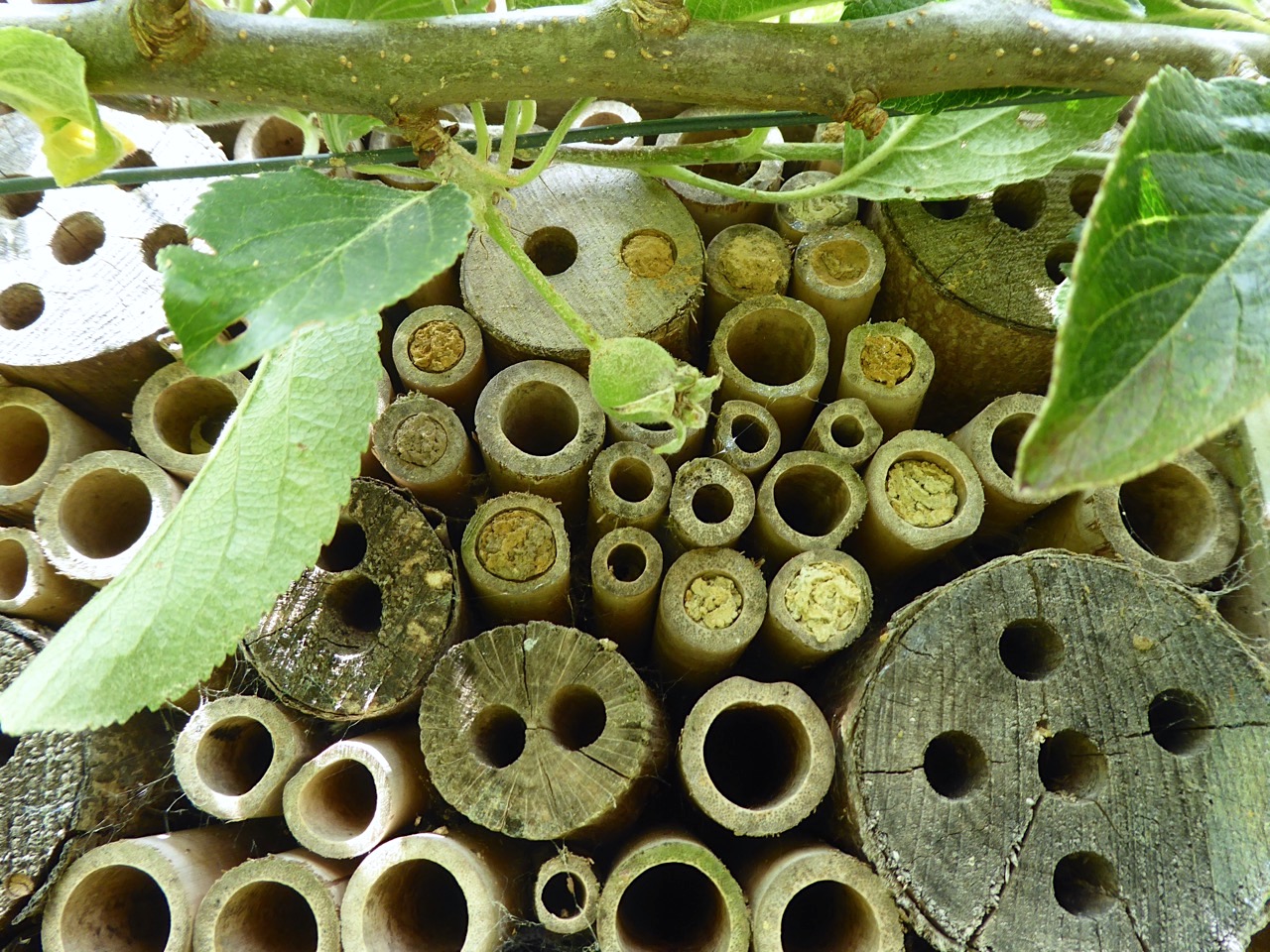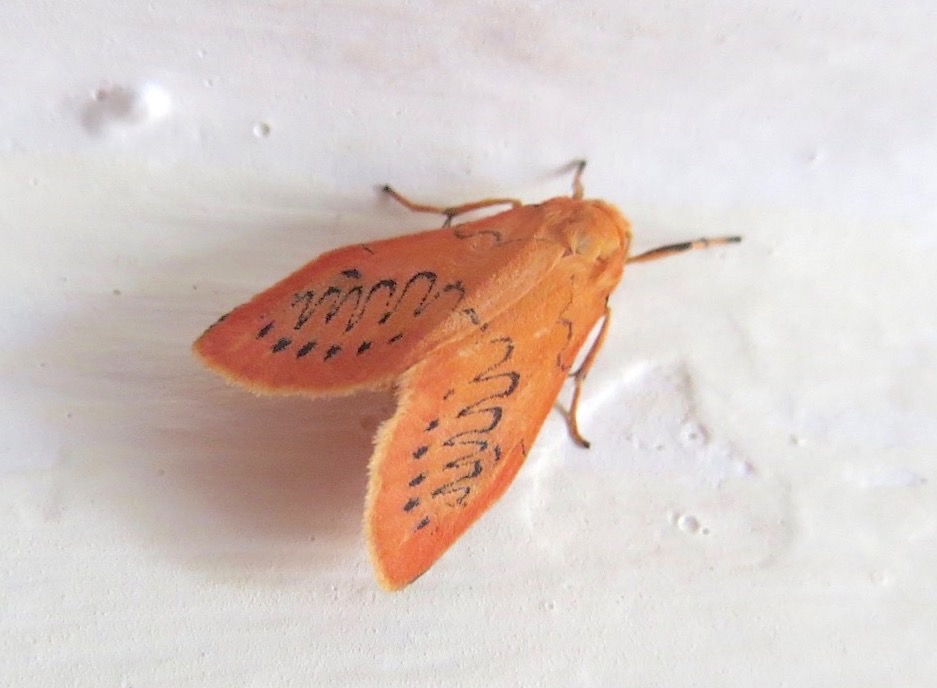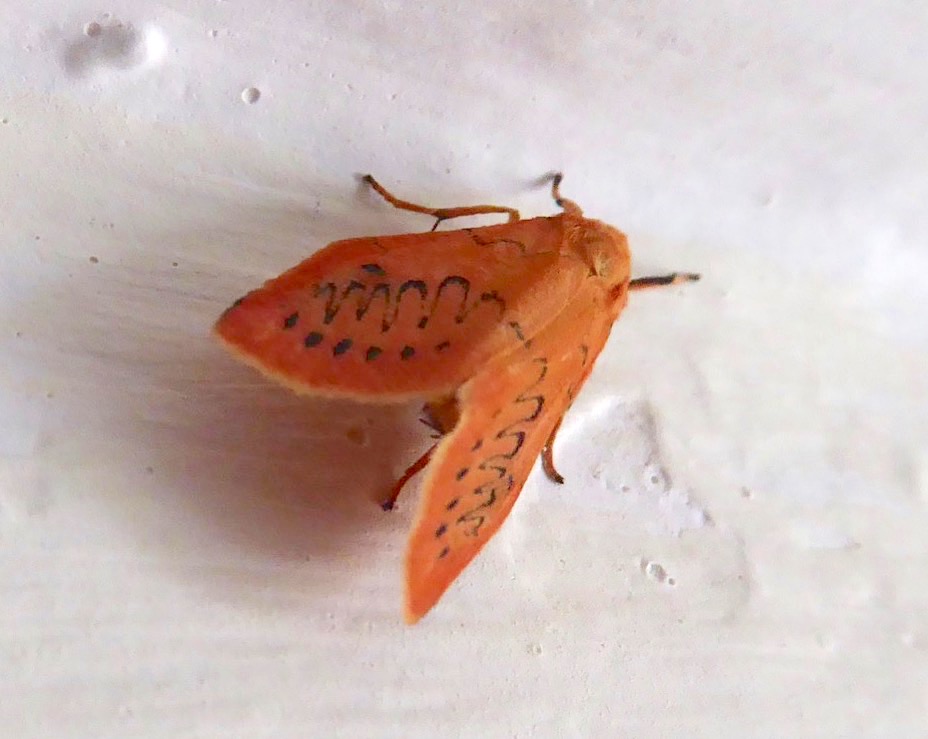
Tag: Dorset Wildlife
OWLET RESCUE
THE STING
ROSY FOOTMAN MOTH Miltochrista miniata
TORTOISESHELL
AMAZING…
Amazing! Despite my rather feebly apologetic post bemoaning my own indolence in letting this site slide towards oblivion, erstwhile followers have kindly rallied round with some likes and comments. Completely undeserved, but for which many thanks indeed.
So here in return is Ebony, the very rare black barn owl that I was lucky enough to fly last summer. Definitely a top 5 experience for the year. Maybe it’s the start of a minor blog resurrection…
RED ADMIRAL BUTTERFLY STUDIES (WINGS CLOSED)
Red admiral butterflies – God’s gift to amateur photographers, including myself. Colourful, prolific, simple to identify, usually within easy camera reach. All very well, but sometimes they are so busy feeding that the colourful topside is kept hidden. These images from Dorset attempt to show that closed-wing images of feeding red admirals have the interest if not the good cheer factor of the popular view. See what you think…
A BEE HOUSE IN DORSET
It took a year before there were many settlers in the new bee house. To begin with, there were just some transients; tiny bees that stationed themselves at the mouth of a hole, retreating from time to time to the depths. I’ve no idea what type of bee they were, but they didn’t leave any building works. And then there were a few wax caps to wonder about.
The first resident occupied the penthouse.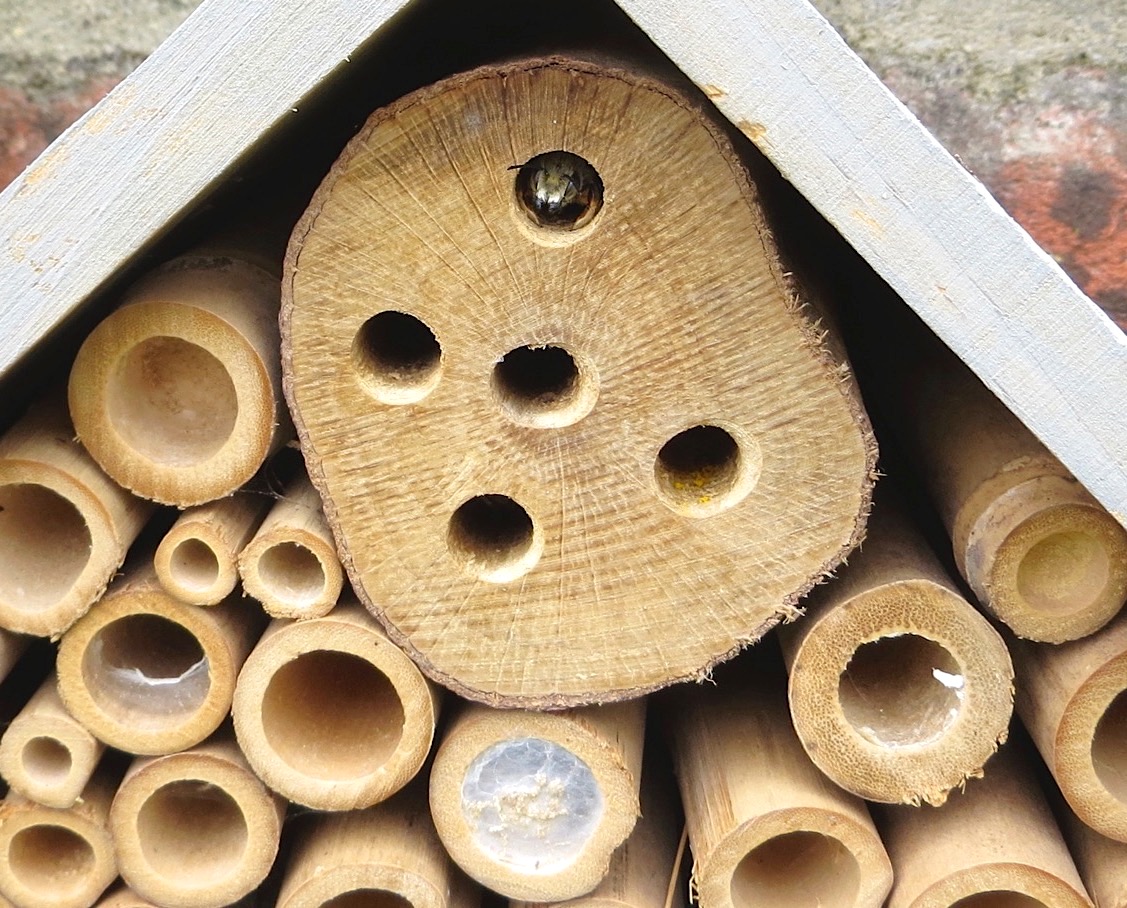
The box began to weather a bit during that first winter, and to fall apart slightly. That summer, we had mason bees in many of the holes, with around 60% occupancy – plus some waxed caps. The timber homes were clearly preferred to the bamboo sticks, and the first to fill up. Later, we noticed the first leaf cutters moving in, their green plugs slowly turning brown as the leaves withered.
This year, by the end of May, business was thriving. The house was weathered and had no doubt completely lost the heady scent of Garden Centre. The upper storey was more popular than the lower; maybe the horizontal stem of a cox apple tree growing against the old wall was a disincentive for potential downstairs dwellers.
Two months later, as July fades into August, there are a few changes, but overall the house is much the same. So far, there have been no leaf cutters. And no little ‘peeping’ bees either. I’m disgracefully uninformed about the types of bee to which we offer a home. We’ve replanted much of the garden to benefit honeys and bumbles – with a consequent increase in butterflies and hitherto unknown types of moth. The solitaries are still a bit of a mystery. Time I got a grip, I think. Still, the apples are looking very promising…
All photos: Keith Salvesen / Rolling Harbour
ROSY FOOTMAN: A MOTH, NOT A FLORID FLUNKEY
Until last weekend I’d never heard of, let alone seen, a ROSY FOOTMAN. I’m beginning to discover and enjoy the ornate to downright bizarre names that moths tend to be given. They have this in common with fly-fishing flies – the previous day I had caught a plump wild brown trout on the River Frome with a ‘Tups Indispensable’*.
High on an inside wall above a mirror, I saw a small pink item. On closer inspection, I could tell it was a moth, and one I had never seen before. I had to fetch a small stepladder to inspect it and (with some difficulty) to photograph it, . Meet a Rosy Footman.
The Rosy Footman is apparently a moth of southern England, in particular the southern-most counties from Kent to Cornwall. They fly in July and August. With such very particular markings, they are unmistakeable, but clearly I’d failed to notice one ever before… I’m glad I have now.
* For those concerned about these things, I use barbless hooks. I netted the fish, unhooked it still in the water and released it in about 30 seconds to fight another day. Or preferably to produce more wild stock.
POCHARD ON RADIPOLE LAKE, DORSET
A flash of sunlight across the lake, and suddenly assorted wildfowl emerged from the half-gloom and showed their true colours. This pochard was closest so I seized the moment…
MEA MAXIMA CULPA
My attention levels to this blog have dropped from the insouciant to the negligent, and right down to the culpably neglectful. A prosecution for recklessly wasting precious space in the diminishing capacity of world’s supply of ether must surely be close. I have considered closing it down, but somewhere in the mix there are a few things that people obviously find interesting or useful; things I have researched and photographed in detail. Followers may be comparatively few, but the daily hit tally remain surprisingly high – whether I post anything or not. So for now, I’ll keep this running… But there’s only so much time in the day, and this blog is one project that takes a hit.
